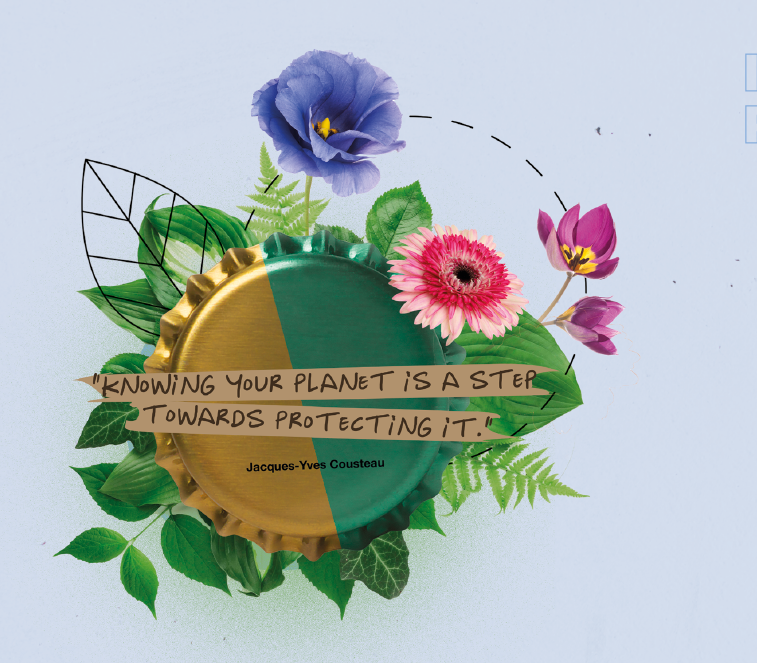At its core, a circular packaging economy aims to minimize waste and maximize the value of resources by keeping materials in use for as long as possible. Unlike the traditional linear economy, which follows a 'take-make-dispose' model, circular economy prioritizes recycling, reuse, and regeneration. In the context of packaging, this involves designing products for recyclability, promoting reuse and refill systems, and ensuring that materials are biodegradable or easily recyclable.
Benefits for Companies:
Cost Reduction: Embracing circular packaging can lead to significant cost savings for companies. By using recycled materials or implementing refillable packaging systems, businesses can reduce the need for raw material extraction and lower production costs.
Enhanced Brand Image: Consumers are increasingly conscious of environmental issues, and companies that demonstrate a commitment to sustainability often enjoy a competitive advantage. Adopting circular packaging practices can enhance brand reputation and attract environmentally conscious consumers.
Regulatory Compliance: With growing regulatory pressure to reduce plastic waste and minimize environmental impact, companies that proactively adopt circular packaging strategies can stay ahead of compliance requirements and avoid potential fines or penalties.
Resource Efficiency: Circular packaging encourages the efficient use of resources, including energy and water. By designing packaging for recyclability and implementing closed-loop systems, companies can minimize resource consumption and improve overall efficiency.
Innovation Opportunities: Transitioning to a circular packaging economy opens up new avenues for innovation. Companies can explore alternative materials, design eco-friendly packaging solutions, and develop innovative recycling technologies, fostering a culture of creativity and sustainability.

Challenges Faced by Companies:
Infrastructure Limitations: One of the primary challenges in transitioning to a circular packaging economy is the lack of infrastructure for recycling and processing certain materials. Companies may face logistical hurdles in collecting and recycling packaging waste effectively.
Consumer Behavior: While consumer awareness of environmental issues is growing, changing consumer behavior remains a challenge. Encouraging consumers to adopt reusable packaging or participate in recycling programs requires education, incentives, and behavioral change campaigns.
Supply Chain Complexity: Implementing circular packaging practices often involves collaboration across the entire supply chain. Coordinating efforts with suppliers, manufacturers, distributors, and retailers to ensure the seamless integration of sustainable packaging solutions can be complex and time-consuming.
Cost Considerations: While circular packaging can lead to long-term cost savings, initial investment costs may be higher compared to traditional packaging methods. Companies must carefully evaluate the financial implications of transitioning to sustainable packaging and assess the return on investment over time.
Technological Barriers: Developing innovative recycling technologies and sustainable materials poses technological challenges. Research and development efforts are necessary to overcome technical barriers and scale up eco-friendly packaging solutions cost-effectively.
In conclusion, the transition to a circular packaging economy presents both opportunities and challenges for companies in the beverage and food industry. While embracing sustainable packaging practices can lead to cost savings, enhanced brand image, and regulatory compliance, it also requires overcoming infrastructure limitations, changing consumer behavior, and addressing supply chain complexities. By investing in innovation, collaborating across the supply chain, and prioritizing environmental sustainability, companies can unlock the full potential of circular packaging and contribute to a more sustainable future for the planet.

